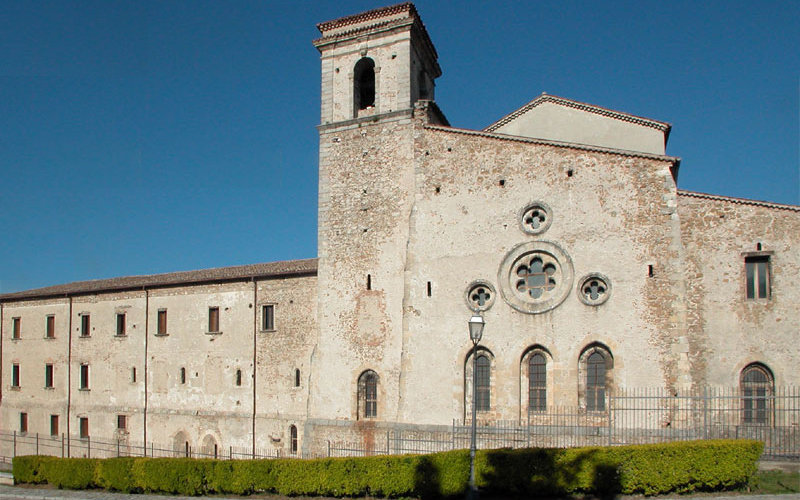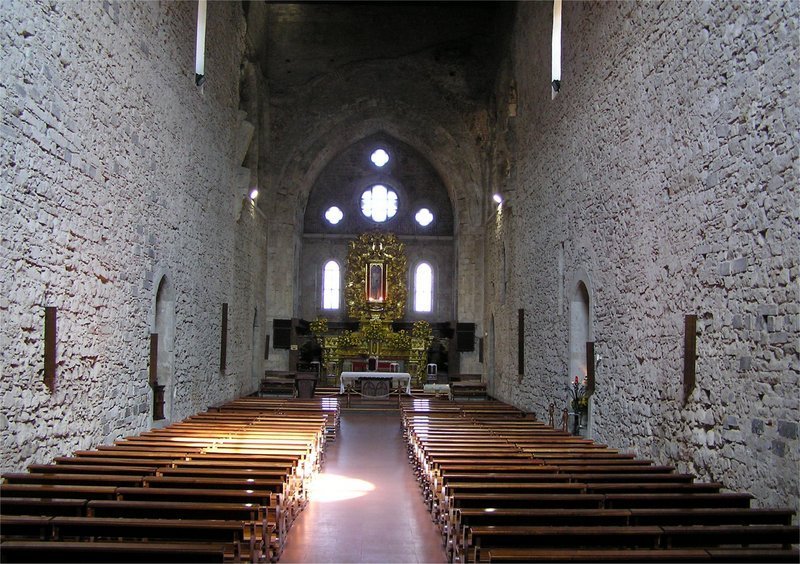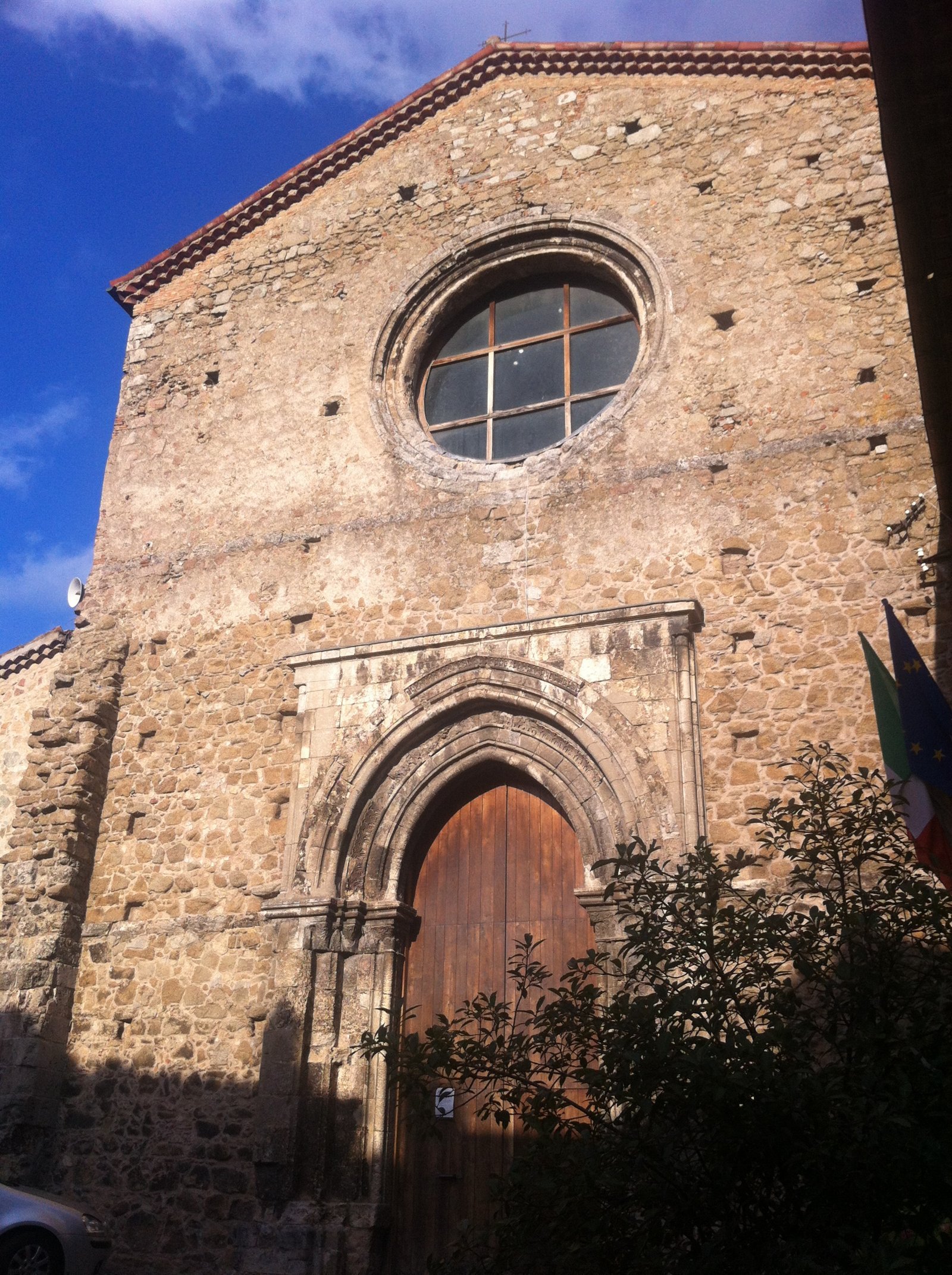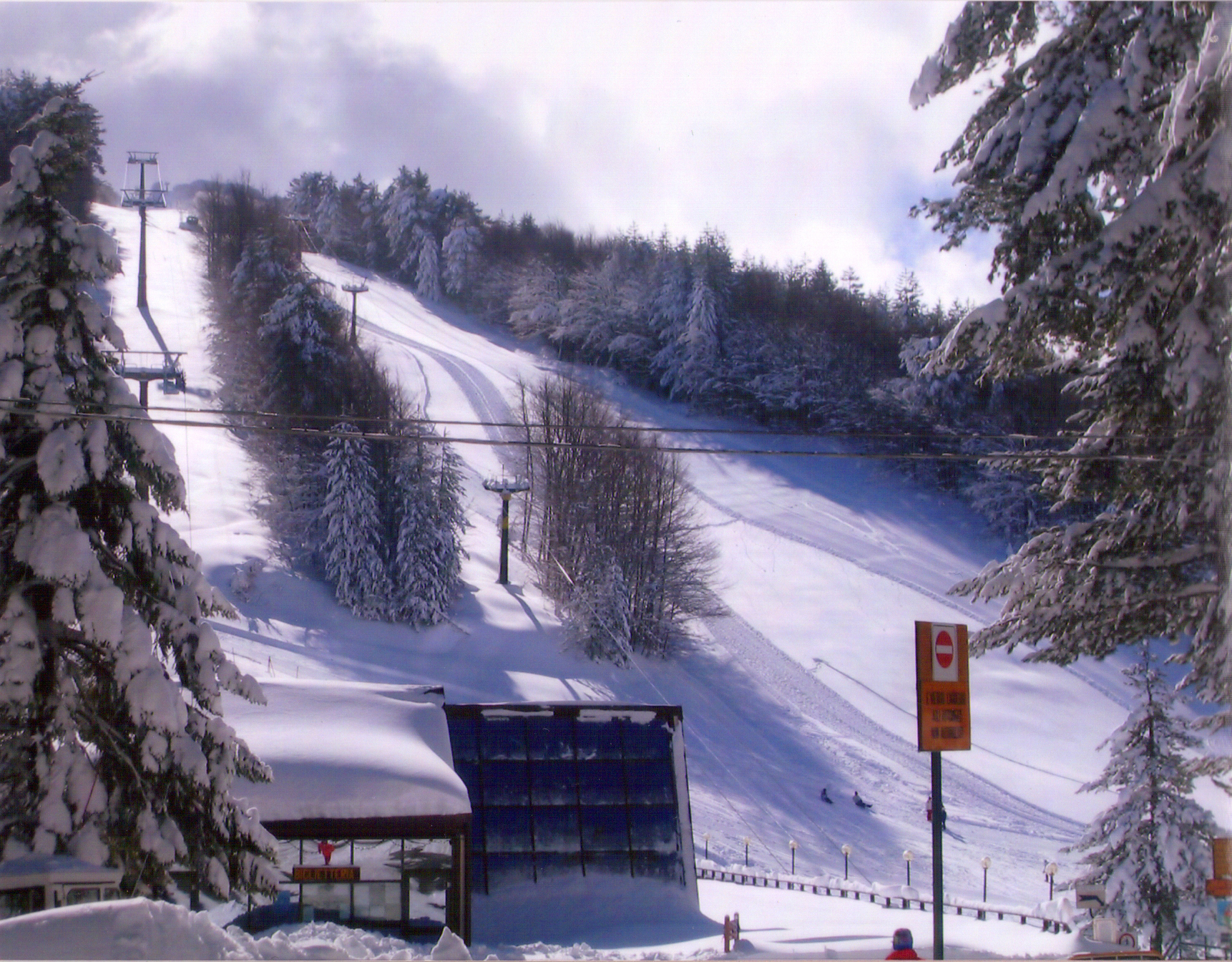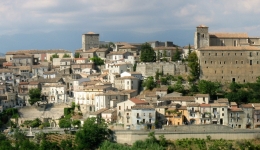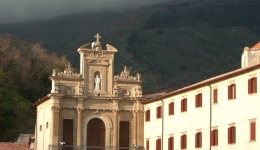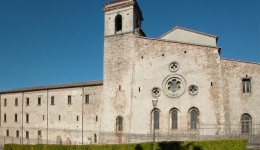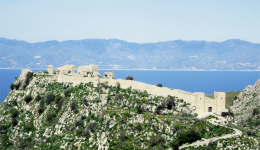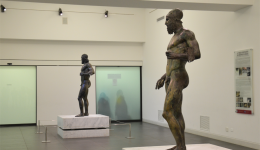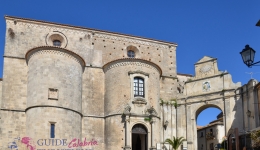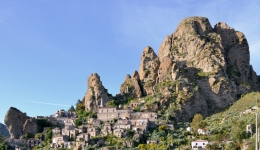San Giovanni in Fiore is often called the capital city of the Sila, is a mountain village in Sila National Park. Its history is bound with the one of Abbot Joachim of Flora, exegete monk of the XII century who founded here its congregation and the Abbey of San Giovanni in Fiore. The village, in fact, took its name after the patron saint of the monastery. We will firstly visit the Florense Abbey, dated back to the XIII century, around it was built the first core of the village: it is the biggest ecclesiastical building the only remaining of a “domus religionis” complex organized and forecasted by the abbot, who traced even a symbolic pattern: he wanted, in fact, to establish there a “religious house” for contemplating souls. For this reason, the abbey is dedicated to Saint John the Baptist hermit saint with the gift of prophecy and of contemplation. The Florense Abbey, despite the numerous renovations, keeps the austere aspect of the Romanic style: inside there is the crypt with Joachim of Flora’s tomb. After the visit of the Abbey we will make a short tour in Camigliatello, whose center is inside the National Park, precisely in the heart of the Sila Grande. Camigliatello is surrounded by coniferous forests and boundless green expanses, that constitute the ideal frame for the town’s typical wooden houses. The lunch in a farmhouse restaurant will let you taste Sila’s products. During the afternoon we will go to the Cupone visitor center, built in a renovated sawmill whose spaces have been adapted for this purpose. It is today an environmental education center with naturalistic paths, faunal observatory, museum, geological and botanical gardens. The visitors center is one of the most popular areas of the park: close to it, in the area of Croce di Magara there is the access point to the “Sila Giants” a natural reserve home to the famous “Fallistro Giants”, magnificent centennial larch pine trees, whose trunks are like a perfect natural colonnade in a wood and they can join the height of 45 meters with a diameter of 2 mt. For this reason and their dimensions are often compared to the North-American sequoias.
For more information about this itinerary, please contact us!







